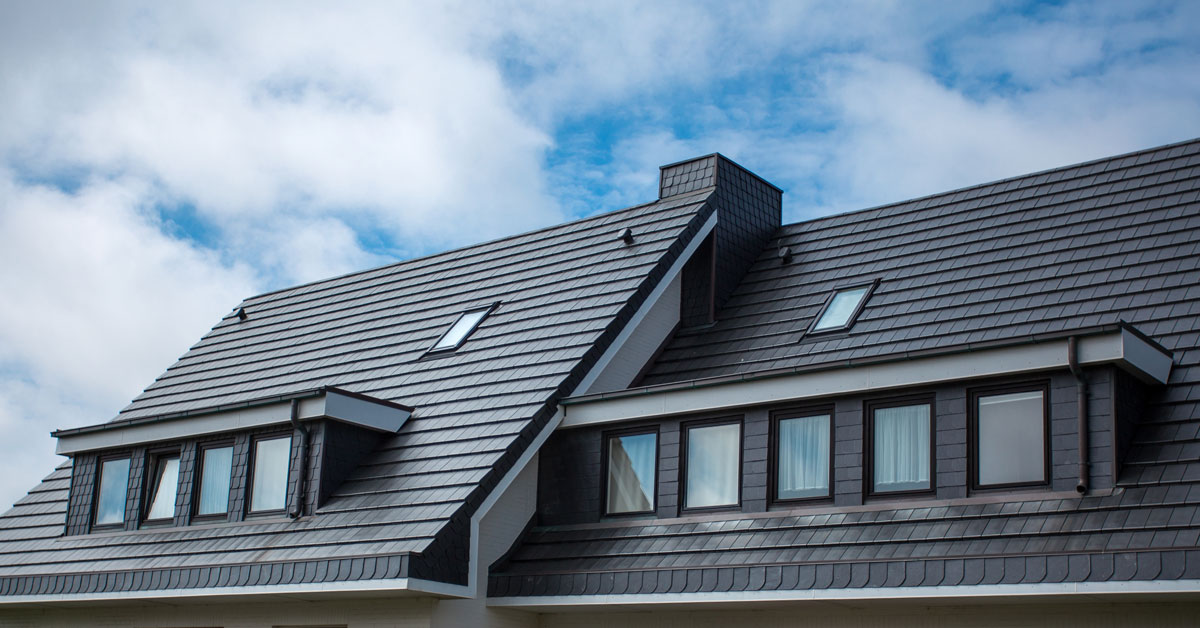Contrasting Costs Among Roofing Companies in Gainesville Florida
Contrasting Costs Among Roofing Companies in Gainesville Florida
Blog Article
Best Practices for Ensuring Appropriate Roofing Air Flow
A balanced consumption and exhaust vent proportion, commonly 1:300, plays a pivotal role, with intake vents preferably placed at the lower edge of the roofing for trendy air access and exhaust vents at the peak for warm air exit. Keeping insulation away from vents is critical to avoid airflow restriction.
Understand Ventilation Basics
Correctly comprehending air flow basics is vital for ensuring the longevity and performance of roof covering systems. Efficient ventilation reduces wetness buildup and temperature extremes in the attic, both of which can lead to substantial structural damage with time. A well-ventilated roof covering aids in preventing common concerns such as mold and mildew development, timber rot, and ice dams, which can compromise the integrity of the roofing products and the underlying frameworks.
The key goal of air flow is to assist in the movement of air, permitting for a regular exchange in between the outside and indoor settings. This equilibrium is accomplished with a mix of consumption and exhaust vents that collaborate to maintain optimal air movement. Intake vents, normally located along the eaves or soffits, permit fresh air to get in the attic space, while exhaust vents, usually positioned at or near the roofing ridge, allow warm, damp air to get away.
Key variables affecting the efficiency of roofing system ventilation consist of appropriate positioning, sufficient sizing, and making sure that both intake and exhaust vents are unblocked. Regular examination and maintenance are vital to determine potential clogs, damages, or ineffectiveness in the ventilation system, therefore safeguarding the roof covering's efficiency and longevity.
Sorts Of Roof Covering Vents
Roof vents play a vital role in keeping efficient attic room air flow and, by extension, the total health of the roof system. Different types of roofing vents are readily available, each with one-of-a-kind advantages customized to details roof needs.

Soffit vents are set up under the eaves and operate in tandem with roof covering vents to make sure a balanced intake and exhaust system. By allowing cooler air to get in from below, soffit vents facilitate the expulsion of hot air with top vents. Gable vents, situated on the outside walls of the attic, deal one more reliable service, specifically in homes with gable roofs.
Evaluate Your Existing Air Flow

Following, think about the age and condition of your roof products and ventilation parts. Older systems might not abide with present building codes or might have deteriorated in time, reducing their performance. Conduct a detailed examination to recognize any signs of wear and tear, such as corrosion, damage, or spaces that might compromise the system's performance.
Additionally, measure the attic temperature level and humidity levels. High temperatures and moisture can indicate inadequate ventilation.
Setup Best Practices
Reliable installment of helpful site roof covering ventilation systems is paramount for guaranteeing ideal efficiency and longevity. Correct setup starts with recognizing the details air flow needs of the roofing and the structure it covers. This includes computing the correct proportion of consumption to wear down vents, generally sticking to the 1:300 rule, which stipulates one square foot of ventilation for every single 300 square feet of attic room flooring area.

The placement of vents is similarly crucial. Consumption vents should be installed at the roof covering's lower edge, typically in the soffits, to allow great air to enter. Exhaust vents, on the other hand, should be mounted near or at the roof's height to assist in the departure of cozy, damp air. This produces a natural air movement that helps preserve temperature level and wetness equilibrium within the attic area.
Seal all vent connections thoroughly to avoid air leaks and prospective water seepage. Usage high-quality products and adhere to manufacturer guidelines to guarantee resilience and efficiency. In addition, incorporating ridge vents with baffles can dramatically improve air flow effectiveness by protecting against wind-driven rain and snow from going into the attic.
Eventually, accurate installment of roof covering air flow systems mitigates possible issues such as mold growth, ice dams, and structural damage, making sure the roof covering's honesty and the structure's general health and wellness.
Regular Maintenance Tips
Consistency in upkeep methods is fundamental to guaranteeing the long-lasting effectiveness of roof ventilation Our site systems. During these examinations, make sure that vents are complimentary of particles, nests, and other blockages that can hamper air flow.
Cleaning the vents is one more vital job. Utilize a soft brush or a vacuum to remove dust and particles from intake and exhaust vents. Be mindful not to harm the vent displays or louvers throughout the procedure. In addition, check the attic room space for any type of indicators of water damage, which might endanger the integrity of the roof.
Appropriate insulation is just as important. Make sure that attic insulation does not block the vents, as this can drastically restrict air flow. Reposition or change it to preserve an effective obstacle. if any insulation has actually changed or cleared up.
Finally, replace any type of damaged or missing out on elements without delay. Broken vents, split tiles, or scrubby blinking can all add to insufficient air flow and ought to be resolved without hold-up. Regular maintenance makes sure that the roof air flow system functions efficiently, thus extending the life-span of the roofing itself.
Conclusion
Guaranteeing appropriate roof covering ventilation is extremely important for preserving the performance and sturdiness of a roof covering system. Adherence to the 1:300 intake and exhaust air vent ratio, paired with the strategic positioning of vents, is essential.
A balanced consumption and exhaust vent ratio, generally 1:300, plays a pivotal function, with consumption vents ideally put at the reduced edge of the roofing system for trendy air entry and exhaust vents at the height for cozy air exit. Consumption vents, typically located along the soffits or eaves, allow fresh air to enter the attic space, while exhaust vents, typically positioned at or near the roof ridge, allow warm, damp air to run away.
Soffit vents are mounted under the eaves and work in tandem with roofing system vents to make certain a well balanced consumption and exhaust system. By allowing cooler air to enter from below, soffit vents assist in the expulsion of hot air with upper vents. Adherence to the 1:300 consumption and exhaust air vent ratio, combined with the calculated positioning of vents, is essential.
Report this page